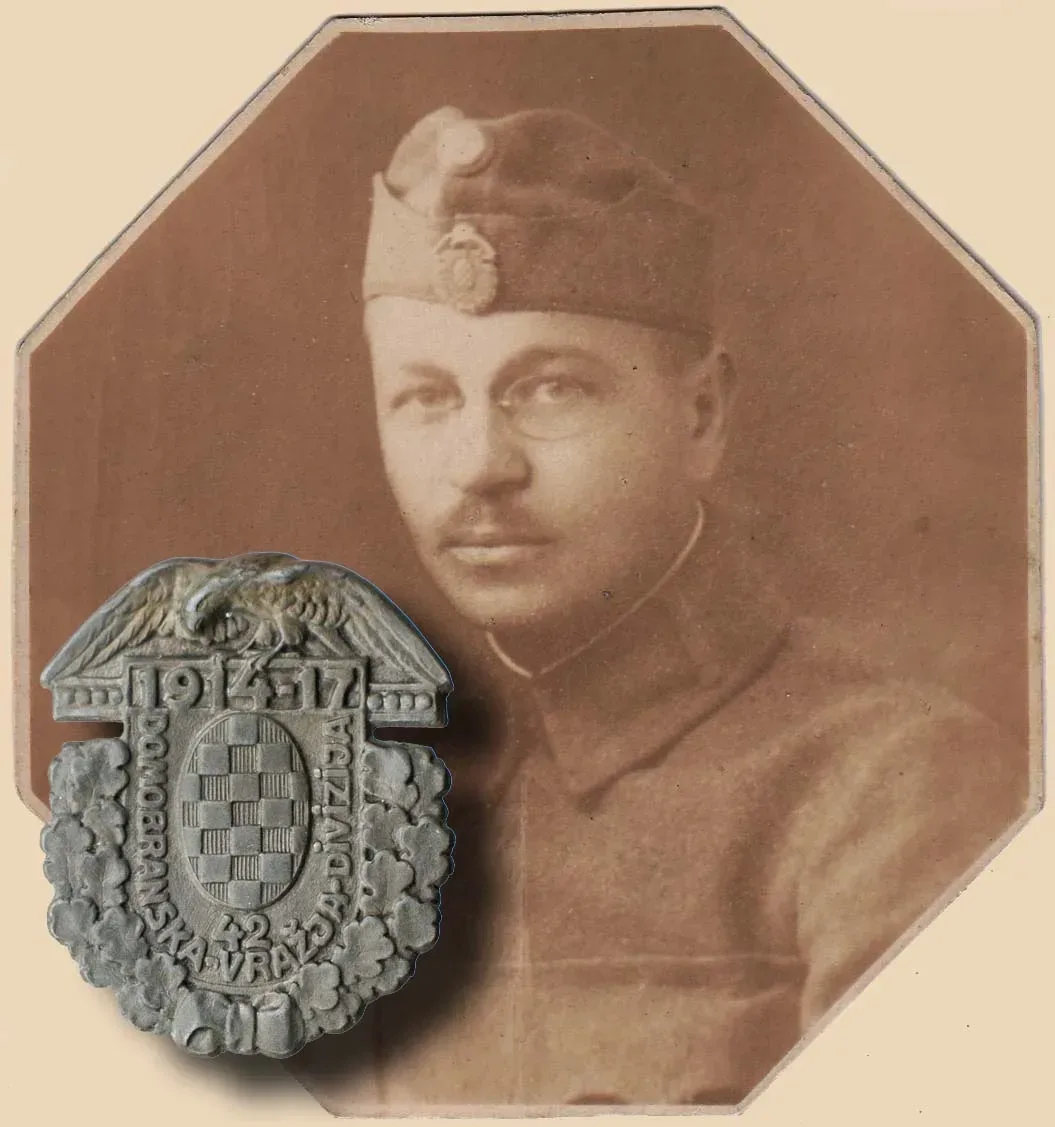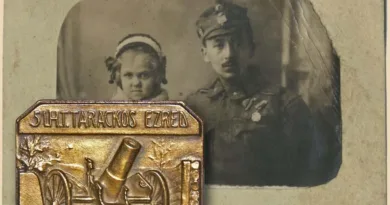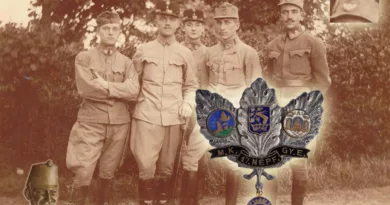42nd Infantry Division
In 1867, the government of Austria and the Austrian emperor, agreed with Hungarian aristocrats and politicians representing the Hungarian nation to share power in Hungary. This is the event of the well-known „Ausgleich”. It is less known that, after this event, in 1868 the Hungarian Parliament granted the Croatian-Slavone country internal self-determination in several areas. The self-governance was extended to the fields of home affairs, justice, public education and religion. In the internal administration, the Croatian language became official. An independent government could be formed in Zagreb under the leadership of the Croatian ban, who was appointed by the Hungarian king. From the point of view of military organization, the Croatian-Slavone part of the country remained within the central military framework of the Monarchy. At the same time, four Croatian-speaking infantry regiments were organized within the framework of the Honvéd army corps. These regiments were brought together by the 42nd Infantry Division.

The picture shows the „honvéd” infantry man (Croatian: domobran) wearing the insignia of this division. The badge is written in Croatian: “42. Domobranska Vrazja Divizija”. In English, this means “42. Domobran Devil’s Division”. The 42st Division was reliable unit during the Great War. It fought on the Serbian, Russian and Italian fronts. In the middle of the badge we see the well-known Croatian “chessboard” coat of arms with an (one headed) eagle above it. The commander of the division was Lieutenant General Boroevic Svetozar at the outbreak of the war.




